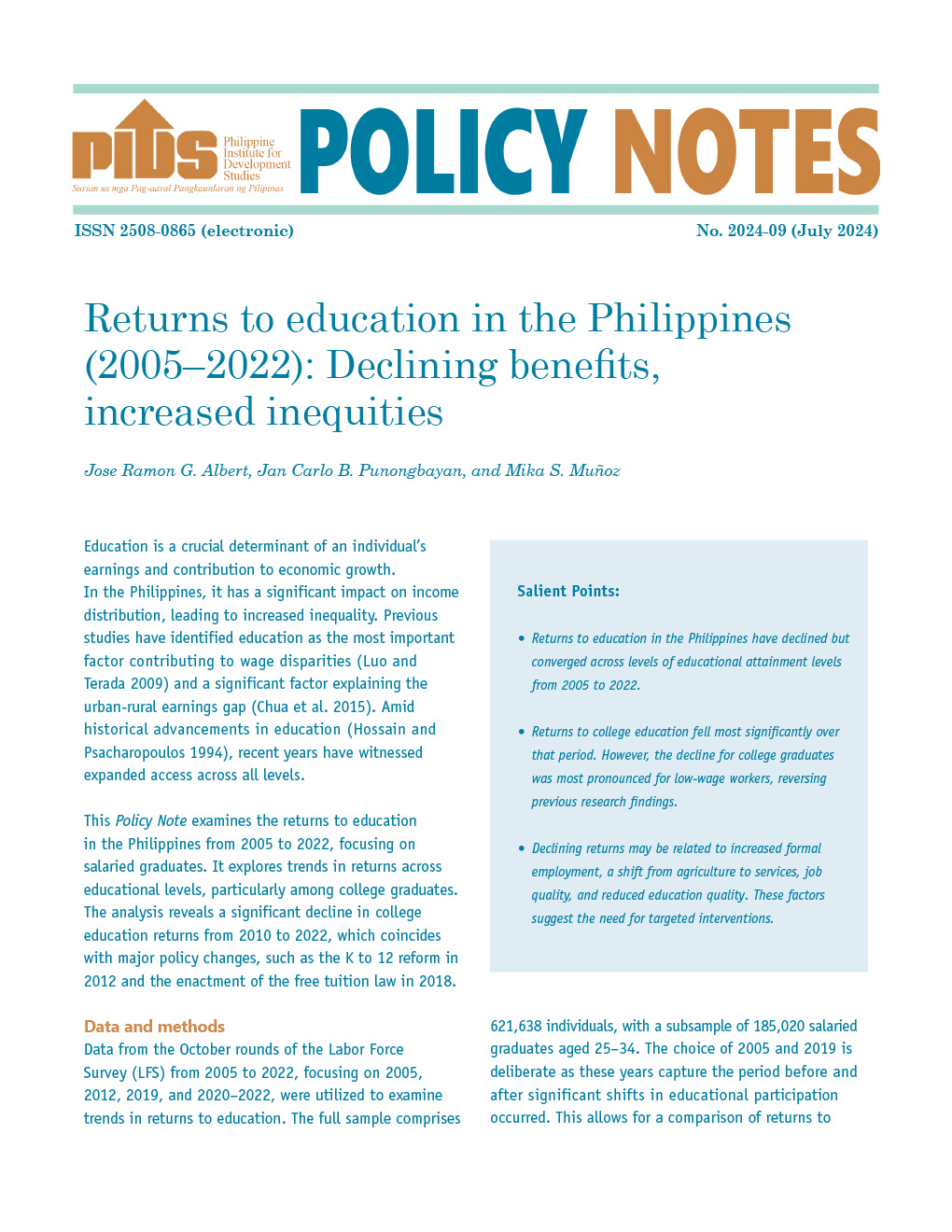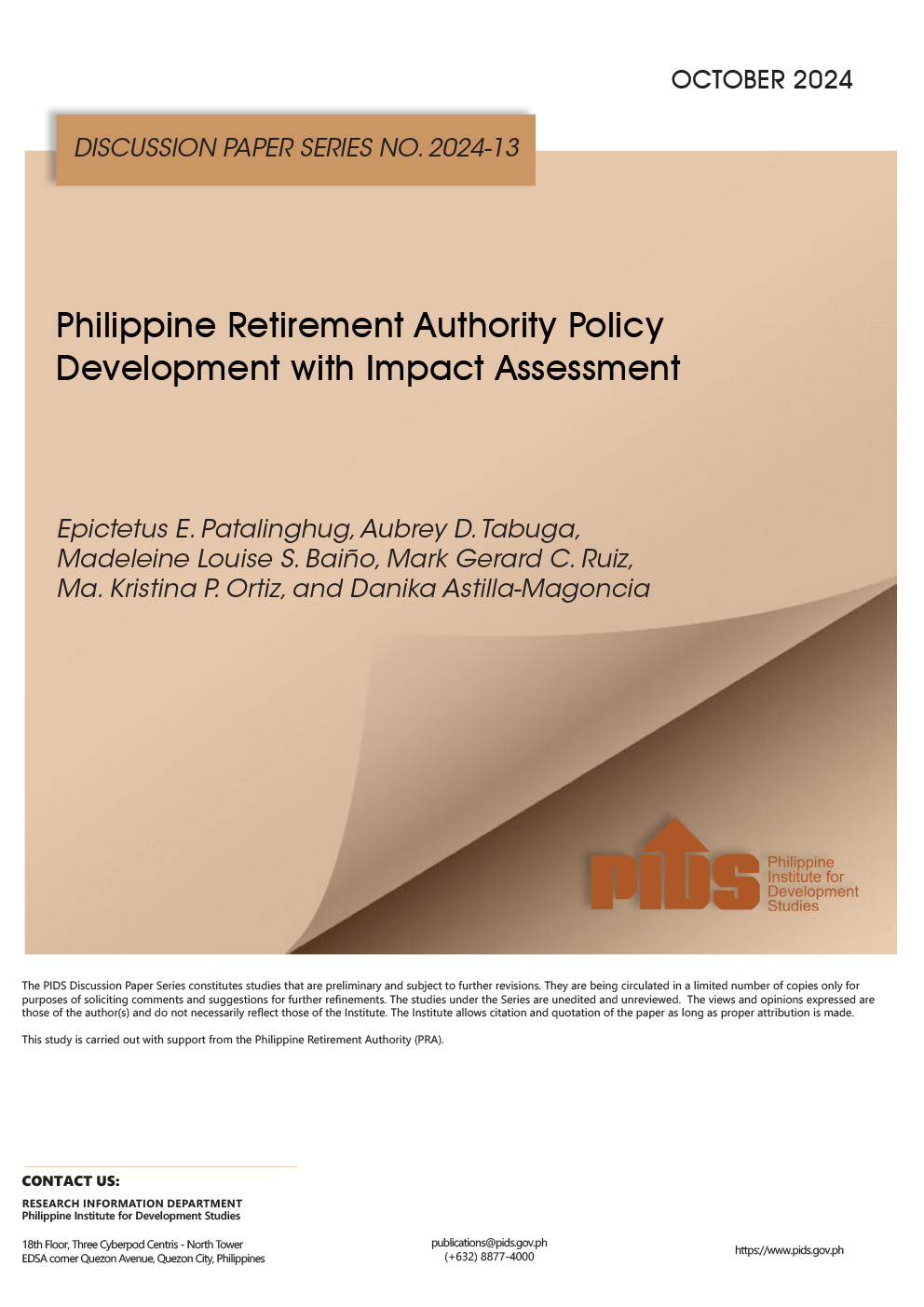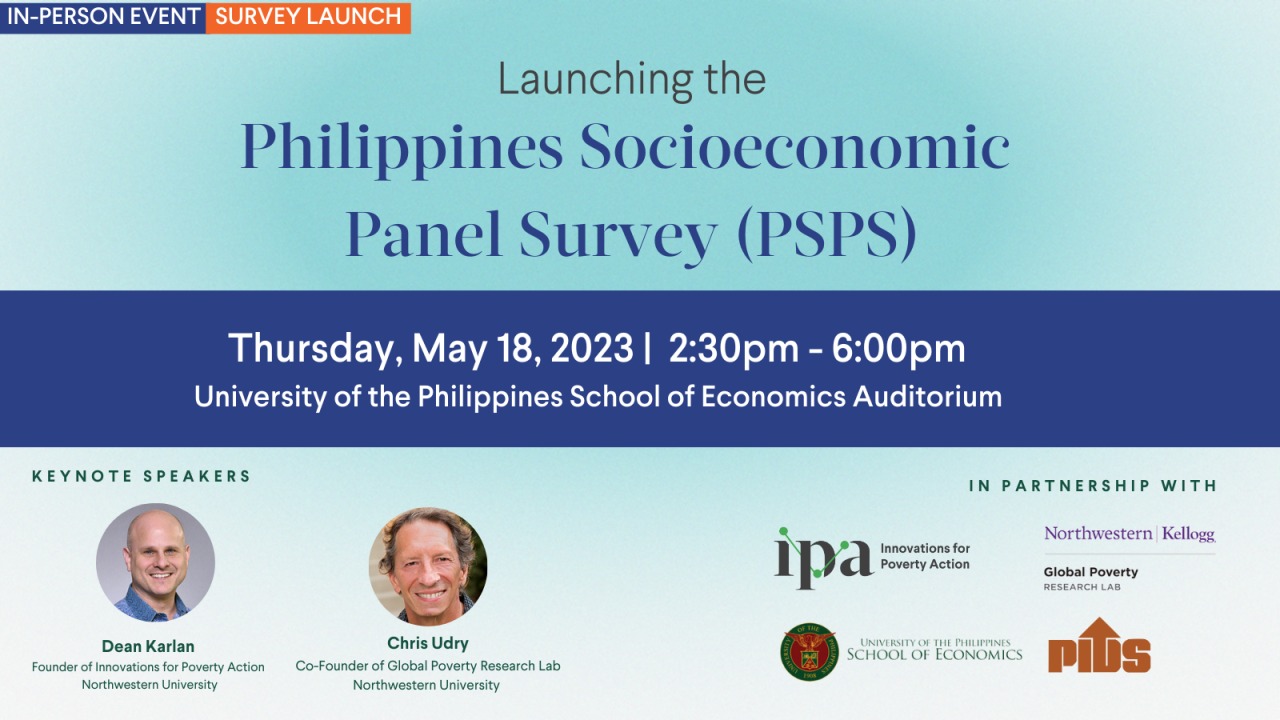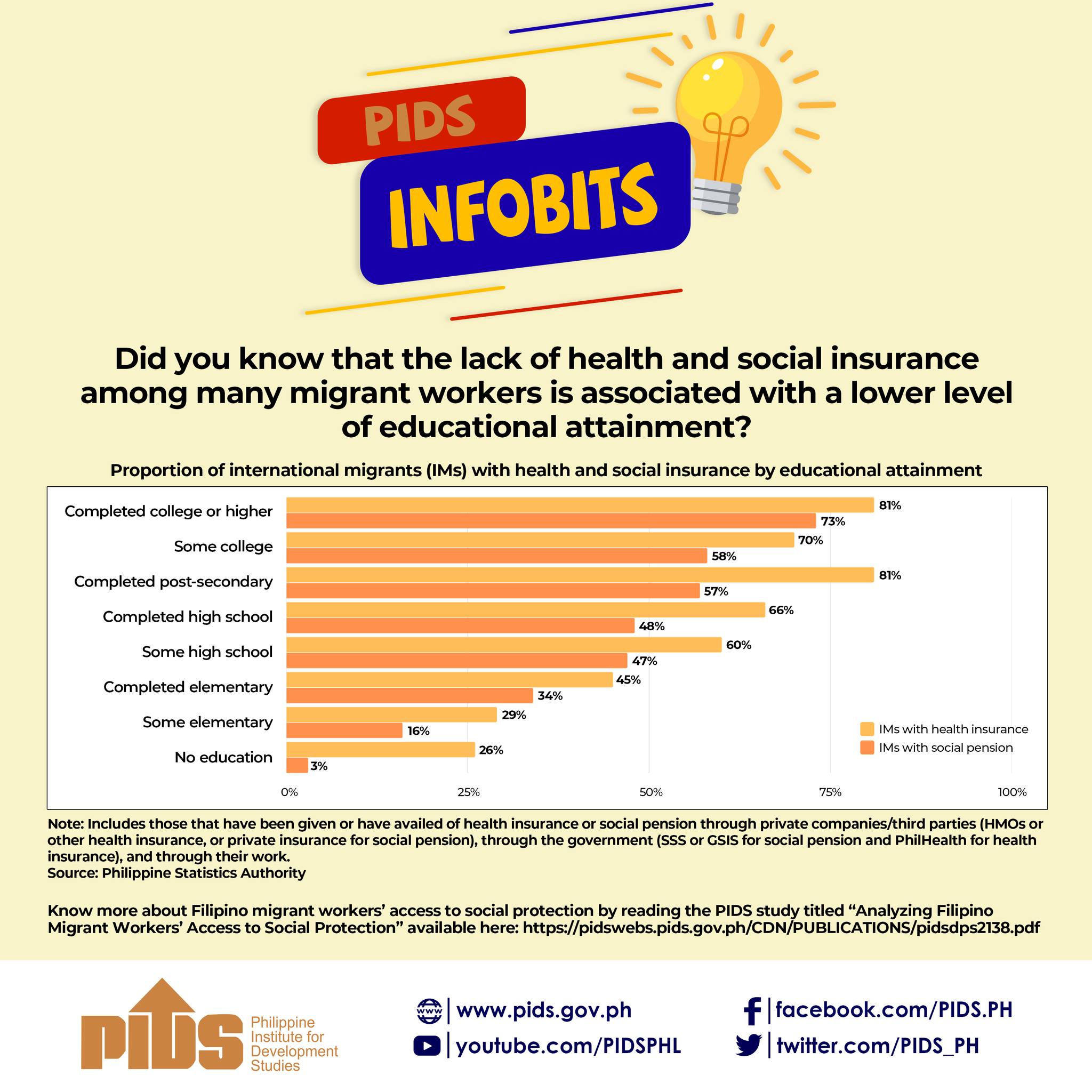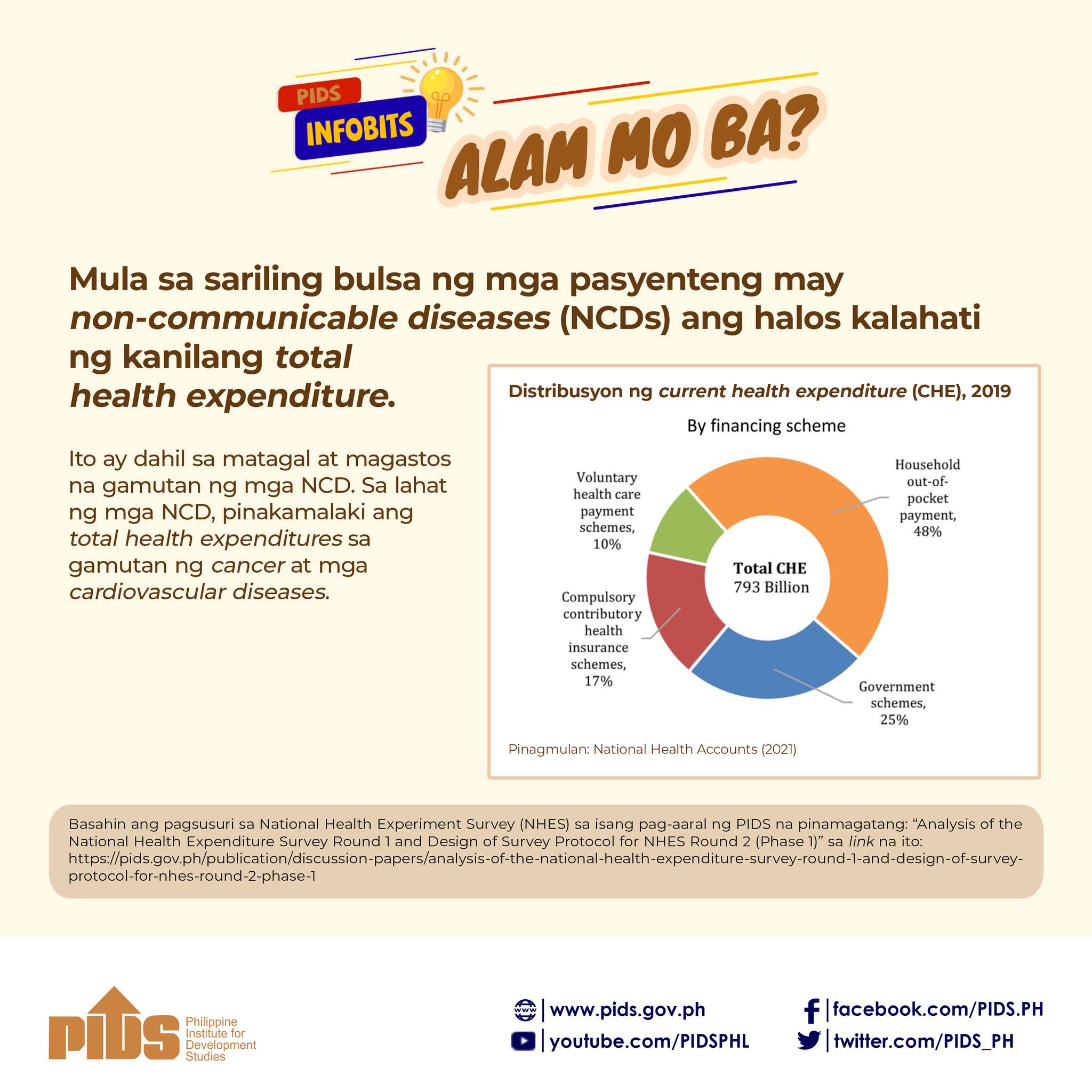Only close to a third of local businesses are currently benefiting from the free trade agreements (FTAs) that the Philippines has entered into due to a lack of awareness and difficulties in complying with the requirements set under these preferential deals, according to the Department of Trade and Industry.
The survey—which covered 105 firms and was conducted for state think-tank Philippine Institute for Development Studies—showed that while the utilization rate has steadily risen from a low of 11.8 percent in 2008 to 30.8 percent in 2014, an even bigger population of Philippine businesses and industries continued to miss out on the opportunities and benefits offered by FTAs.
The most basic of the problem was the lack of awareness. A separate survey on the awareness level of Philippine industries and stakeholders on the Asean Economic Community (AEC) and FTAs commissioned by the DTI showed the of 939 firms polled, only 44 percent were aware of the deals, while only 207 companies or 22 percent were found to be FTA users.
According to the survey results, the lack of knowledge on how to use the FTAs, difficulties in complying with rules of origin (ROO) requirements and the high administrative costs were cited by companies as among the top reasons for the low utilization rate of FTAs. Large enterprises have a higher utilization rate at 39 percent, while among small and medium-sized enterprises (SMEs), only 16 percent were FTA users.
The study added that some businesses, especially those located in special economic zones were less inclined to use FTAs since they already enjoyed duty- and tax-free importation of raw materials, supplies, capital equipment and spare parts. The other factors behind the FTAs’ low utilization rate included small trade volumes with countries, and countries outside of AEC being their major markets such as the United States and Mexico. With a report from Bernadette Nicolas
The survey—which covered 105 firms and was conducted for state think-tank Philippine Institute for Development Studies—showed that while the utilization rate has steadily risen from a low of 11.8 percent in 2008 to 30.8 percent in 2014, an even bigger population of Philippine businesses and industries continued to miss out on the opportunities and benefits offered by FTAs.
The most basic of the problem was the lack of awareness. A separate survey on the awareness level of Philippine industries and stakeholders on the Asean Economic Community (AEC) and FTAs commissioned by the DTI showed the of 939 firms polled, only 44 percent were aware of the deals, while only 207 companies or 22 percent were found to be FTA users.
According to the survey results, the lack of knowledge on how to use the FTAs, difficulties in complying with rules of origin (ROO) requirements and the high administrative costs were cited by companies as among the top reasons for the low utilization rate of FTAs. Large enterprises have a higher utilization rate at 39 percent, while among small and medium-sized enterprises (SMEs), only 16 percent were FTA users.
The study added that some businesses, especially those located in special economic zones were less inclined to use FTAs since they already enjoyed duty- and tax-free importation of raw materials, supplies, capital equipment and spare parts. The other factors behind the FTAs’ low utilization rate included small trade volumes with countries, and countries outside of AEC being their major markets such as the United States and Mexico. With a report from Bernadette Nicolas

